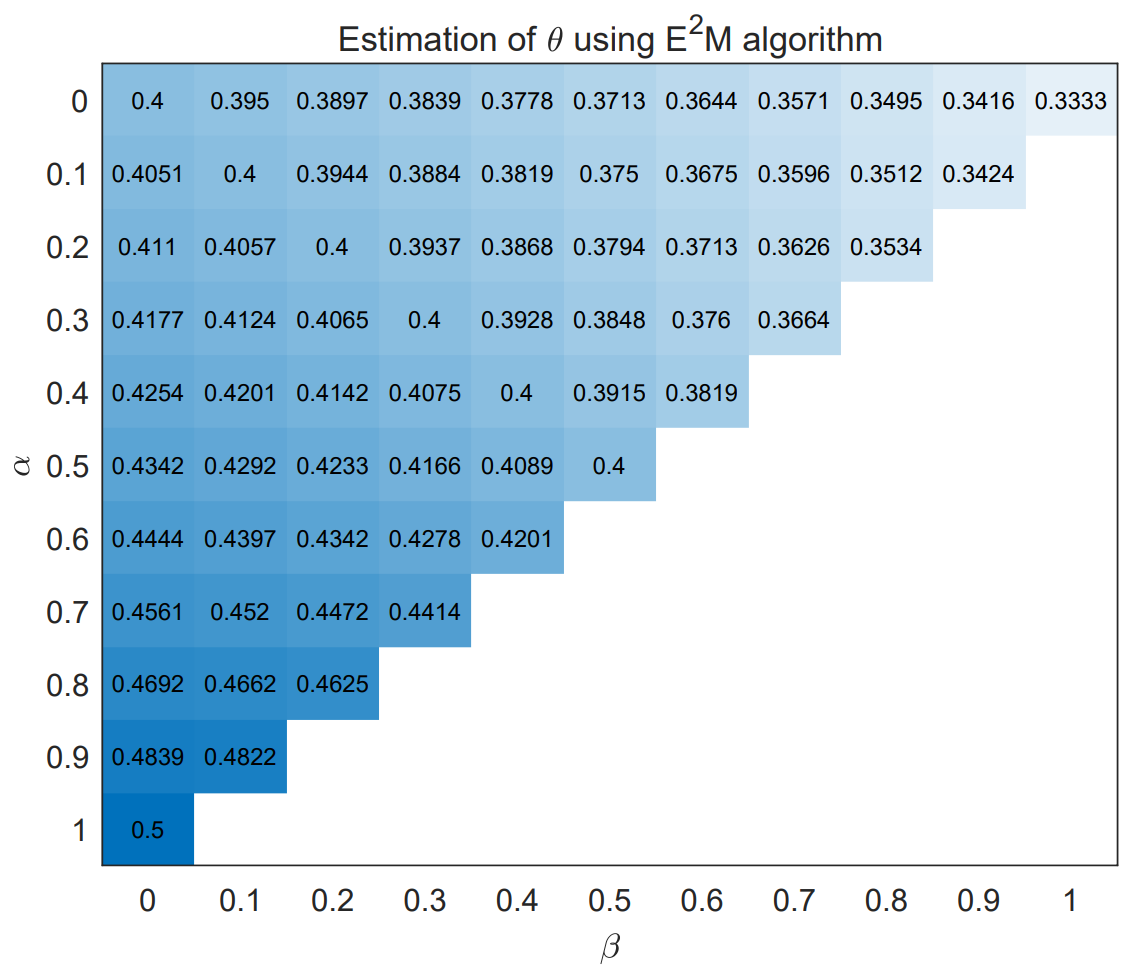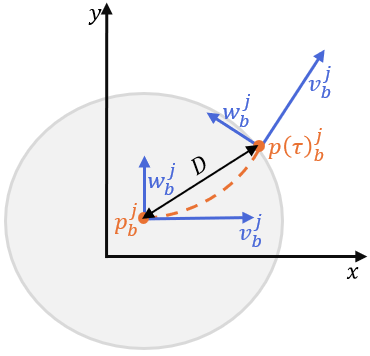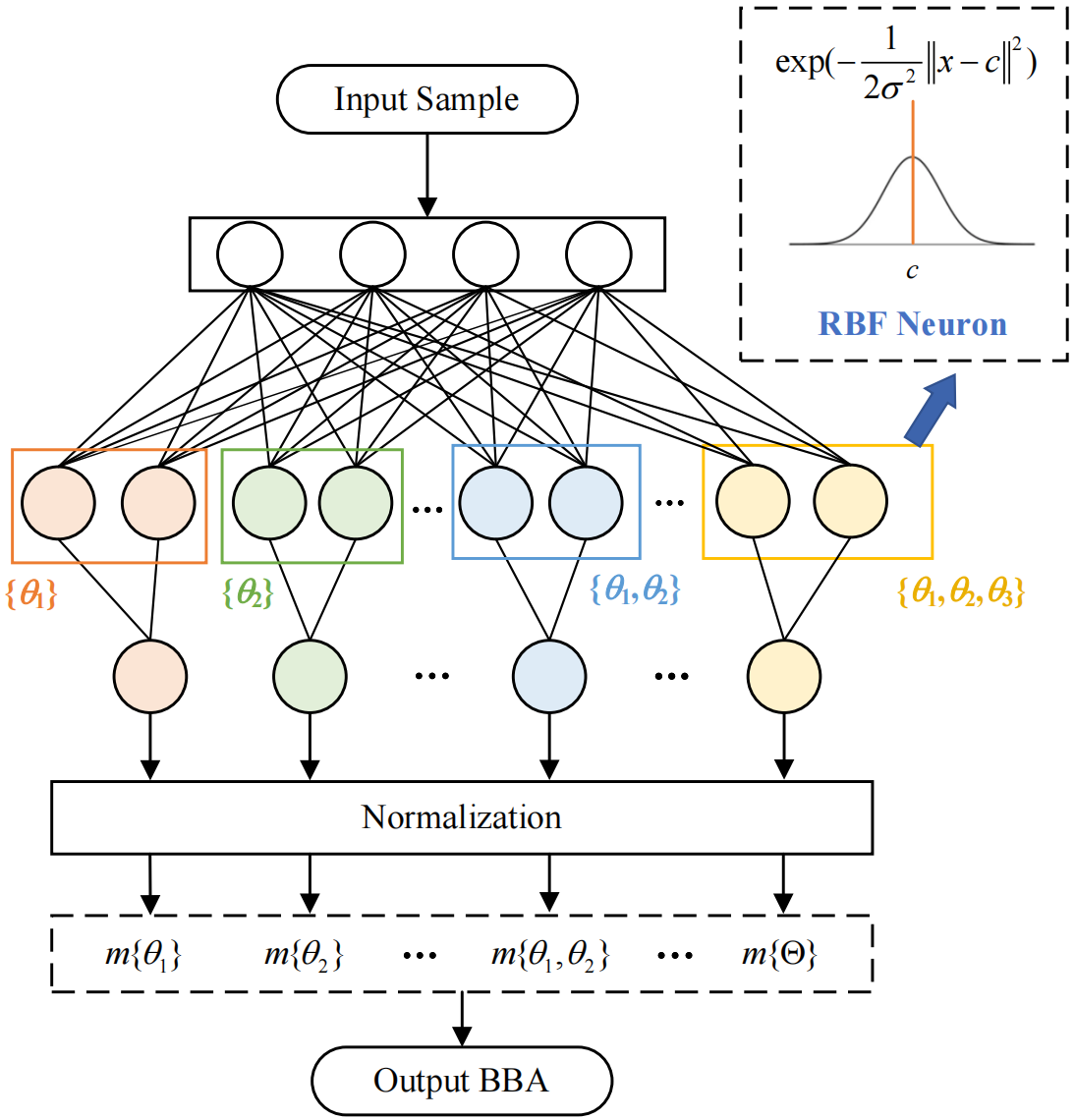Chinese Journal of Information Fusion | Volume 2, Issue 3: 212-222, 2025 | DOI: 10.62762/CJIF.2025.592789
Abstract
Related concepts of entropy play a very important role in dealing with uncertainty in terms of Shannon's information theory. However, for uncertain information involving epistemic uncertainty, which is usually modelled by using Dempster-Shafer theory, the concepts of cross entropy and relative entropy are still not well defined currently. Facing this issue, by reviewing and importing existing related work, this study gives new definitions of cross entropy and relative entropy of mass functions, which are respectively named as cross plausibility entropy and relative plausibility entropy since they are both based on an uncertainty measure called plausibility entropy. The properties of cross an... More >
Graphical Abstract





